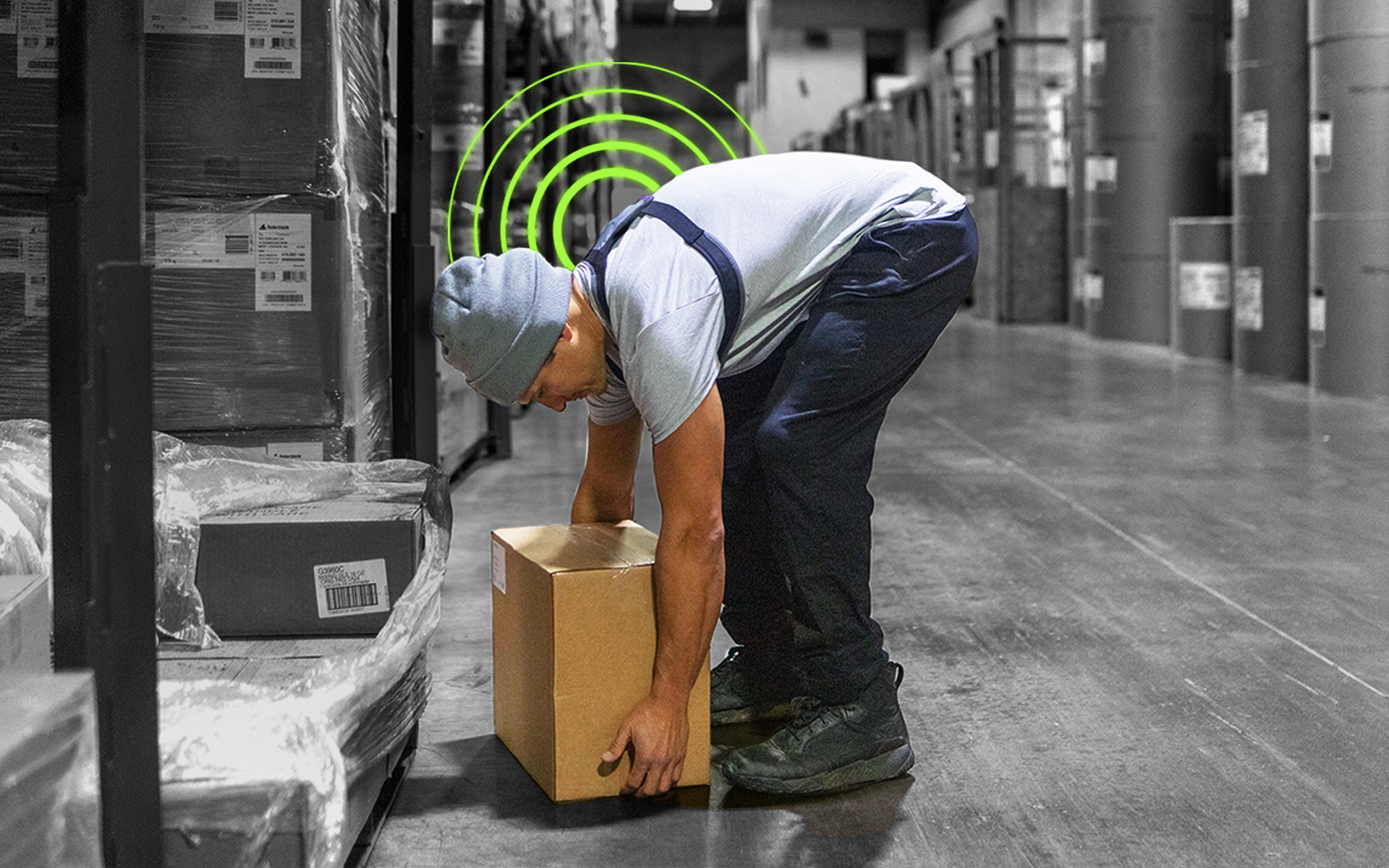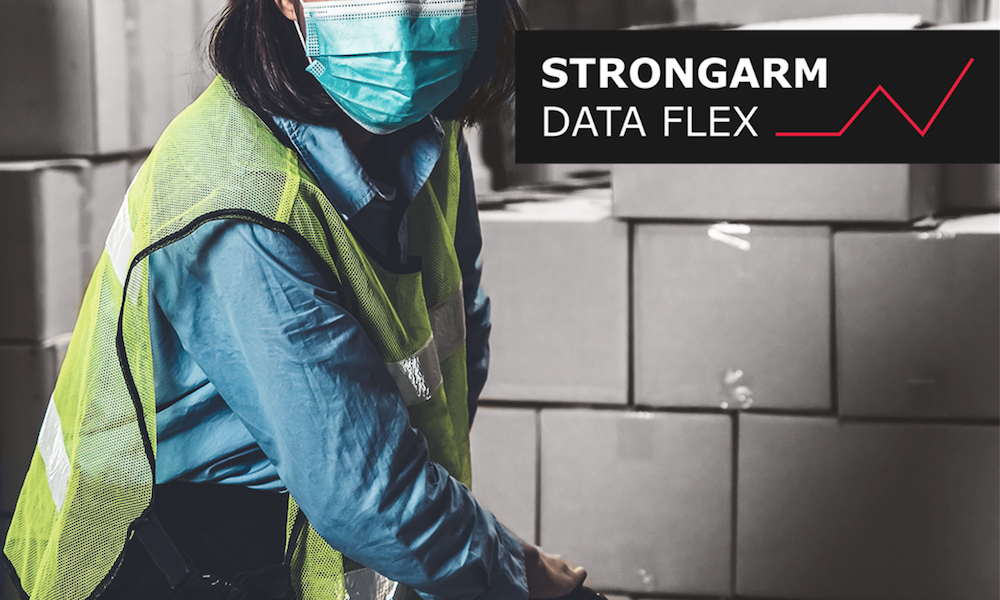5 Predictions for Warehouse Technology in 2024
From evolving workforce dynamics and the rise of semi-automation to growing safety and automation concerns, the warehouse technology space is poised for significant transformation in 2024. Here are our predictions for what current and emerging trends will further shape the space this year.
1. Evolving Workforce Dynamics
Across multiple industries, the labor market is facing a unique challenge: the manual labor pool is not growing. This year, the current pool will continue to age out, and interest in manual labor will further decline as alternative work options become more widely available.
Sean Petterson, founder and CEO of StrongArm Technologies, highlights a critical consequence. “We’re now seeing a growing number of untrained, inexperienced, and younger individuals entering the manual labor market. This presents an incredibly high risk of injury,” he notes. Indeed, according to the Bureau of Labor Statistics, the warehousing and storage sector saw a 108% increase in fatalities from 2019 to 2022, and over 5% of workers experienced injuries that involved days away from work and/or job restrictions or transfers.1
To combat this, Petterson emphasizes the urgent need for a new approach to training. “To properly prepare this new wave of labor, the training needs to be technology-driven rather than the ad hoc or learn-on-the-job approach of the past,” Petterson reasons. Research backs up Petterson’s theory2:
- E-learning speeds up training by 40-60% over traditional methods.
- E-learning boosts retention rates by 25-60%.
- 65% of the U.S. population are visual learners who benefit from bite-sized (2-5 minute) training segments.
2. Rise of Semi-Automation and Logistics Challenges
As e-commerce revenues continue to grow, and companies like Amazon scale back on dedicated last-mile delivery locations, the industry will see a need for more flexible semi-automated functions. According to the International Federation of Robotics, worldwide sales of professional service robotic systems grew by 48% in 2022, and increased by 44% in the transportation and logistics sector.3
The driving forces behind increased automation include:
- Labor shortages: As previously mentioned, finding and retaining qualified workers in warehousing is a major challenge. Automation offers a way to address this issue by taking over repetitive and physically demanding tasks.
- Increased demand: E-commerce growth and changing consumer expectations demand faster and more efficient order fulfillment. Automation can help meet these demands by increasing throughput and accuracy.
- Cost reduction: While implementing automation carries upfront costs, long-term benefits include reduced labor costs, improved efficiency, and potentially less damage to goods.
- Safety considerations: Automation can help reduce employee injuries by taking over dangerous tasks like heavy lifting and operating forklifts.
Ergonomic wearables have the potential to be a valuable tool in making decisions about which areas and jobs to automate. Here’s how:
- Workforce Insights: Ergonomic wearables can collect data on various metrics like muscle activity, posture, and motion patterns. This data provides insights into physical demands of different tasks and jobs, identifying physically strenuous or awkward postures.
- Injury Prevention: Analyzing data over time can reveal areas with high injury risks, highlighting potential candidates for automation to improve worker safety and well-being.
- Task Efficiency: Understanding movement patterns and effort levels can reveal inefficient work processes or unnecessary physical exertion, suggesting potential automation opportunities to streamline tasks and boost worker productivity.
Petterson adds, “This furthers the argument that safety technology to prevent injuries, and safety training applications to meet this new influx of semi-autonomous offerings, will be vital over the next five years as this new hybrid approach becomes ubiquitous in the industry.”
3. Automation and Safety Concerns
Media reports and government investigations have spotlighted the rigorous pace of work environments at leading companies like Amazon, raising alarms about the workforce’s health and safety. A national survey of 1,484 front line Amazon warehouse workers across 451 facilities in 42 states4 has unveiled some sobering statistics:
- 41% of workers report being injured while working at an Amazon warehouse, a figure that jumps to 51% among employees who have been with the company for more than three years.
- 69% of workers have taken unpaid time off due to pain or exhaustion, with 34% having to do so three or more times.
As investments in automation accelerate, the uncertainty around workforce safety and outcomes intensifies. Recent academic research5 has linked the integration of robotics to a rise in non-severe injuries “driven by the increased intensity of work that accompanies robotics.” Evidence suggests that automation often shifts, rather than eliminates, injuries by creating increased risk for different types of injuries in complementary, non-automated tasks.
This year, we will see critical opportunities for innovative solutions like SafeWork, highlighting the need for productivity-enabling software that aligns with the industry’s move towards maximizing workforce efficiency. These solutions should address the spillover effects of automation on worker health, creating a safer and more efficient working environment.
4. Injury Prevention and Productivity
This year, the emphasis on injury prevention will become paramount as companies divest from recruiting and focus more on modernizing and optimizing HR technology. With continued labor shortages and economic struggles, more and more companies are realizing that retaining an employee costs much lower than hiring a new one. By investing in easy, valuable, and productive safety training, companies can drive retention, empower employees to build better habits, and create a strong safety culture.
Moreover, companies will stand to gain significantly from the increased integration of wearable technology data with Warehouse Management Systems (WMS) and other operational software. Petterson notes, “This will provide a win-win to these organizations. The technology also fosters better alignment of automation strategies as predictive risk data can indicate which functions to automate first.”
Solutions such as SafeWork provide wearable sensors, training, and analytics that not only prevent injuries but also provide valuable data for integration. By leveraging this predictive risk data, companies can optimize workflows while improving workplace safety, ultimately creating a more engaged, productive workforce.
5. Balancing Efficiency and Safety
Currently, the industry is at a critical juncture where companies face scrutiny to maximize workforce output while simultaneously enhancing safety. Products that integrate wearable technology data with operational software—providing an efficient solution to potentially at-odds problems—are anticipated to redefine how companies balance efficiency and safety. Using predictive risk data, organizations can more effectively determine which functions to automate first, ensuring a tighter alignment with their overall automation strategies. Petterson highlights the transformative potential of this integration, stating, “This integration allows for real-time risk assessment and predictive injury data, enabling organizations to optimize throughput while maintaining a safe working environment.”
Drive Warehouse Productivity and Safety with StrongArm
As the warehousing technology landscape undergoes significant transformations, the intersection of productivity and safety remains a key area of interest. StrongArm’s suite of products is well-equipped to navigate these changes, offering solutions that not only enhance workforce efficiency but prioritize the well-being of the workforce in an evolving and dynamic industry.
Schedule a chat today for more information and learn how to create a safer work environment.



